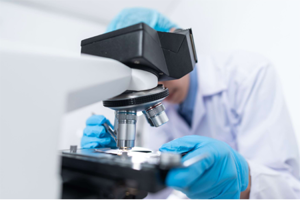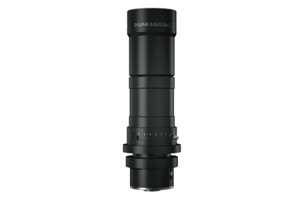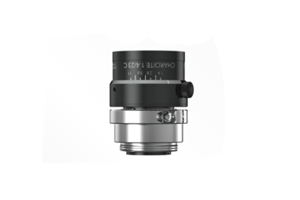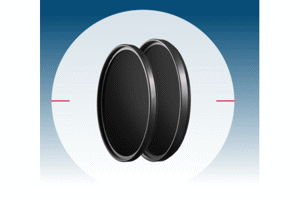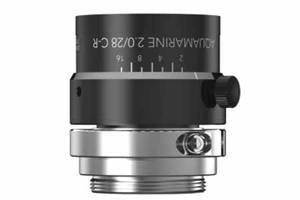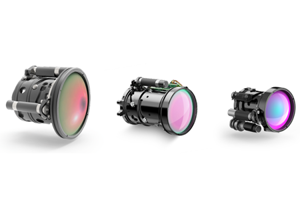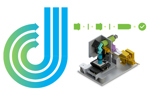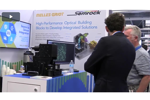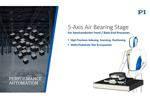Lenses
LENSES WHITE PAPERS AND CASE STUDIES
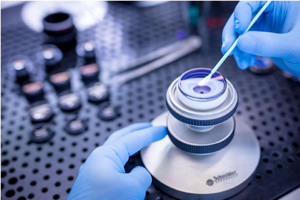
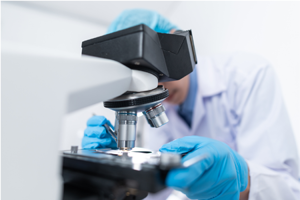
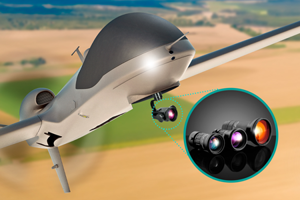


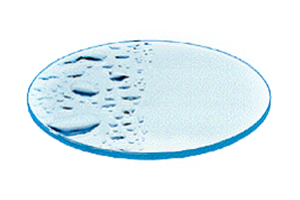

LENSES NEWS
-
Imaging Tissue In SWIR
Small animal imaging using NIR light enables deep tissue visualization by leveraging reduced scattering and absorbance, enhancing drug tracking, tumor detection, and vascular mapping in vivo.
-
Unlock Precision And Performance
IDEX Health & Science provides integrated, custom optical solutions—filters, lenses, and assemblies—designed to optimize performance, reduce development risk, and ensure consistency in life science instruments.
-
Inside the Vera C. Rubin Observatory's Quest To Map The Universe
The Vera C. Rubin Observatory in Chile will revolutionize astronomy with its massive digital camera, real-time data, and a decade-long sky survey, hunting Planet 9.
-
How To Make The Most Of Automate And The CLEO Conference
It’s almost show time with both Automate 2025 and the CLEO Conference just around the corner. Let’s take a look at two of the photonics industry’s most-anticipated shows.
-
25 Reasons To Attend SPIE Photonics West 2025
SPIE Photonics West 2025, scheduled for January 25–30 in San Francisco, offers numerous benefits for professionals in the optics and photonics industry. Here are 25 reasons to attend.
-
A Look Back At The Year That Was
It’s that time again. Let’s take a look at the most-read articles that appeared on Photonics Online this past year. Why, it’s become an annual event!
-
LISA's Search For Unseen Gravitational Waves
The Laser Interferometer Space Antenna is set to revolutionize our understanding of the universe by detecting gravitational waves from space. This ambitious mission marks a significant milestone in gravitational wave astronomy.
LENSES VIDEOS
-
Turnkey Fluorescent Microscope Demonstration
Explore a turnkey fluorescent microscope, demonstrating integrated optical subsystems that deliver diffraction-limited imaging and scalable, reconfigurable solutions for diverse microscopy applications.
-
5-Axis Wafer Stage, Air Bearing Motion System
PI's high-performance 5-axis nanopositioning air bearing system offers precision motion control in semiconductor wafer processing, ideal for front-end/back-end processes, utilizing advanced motion controllers.
-
Growing And Packaging Crystal Optics
Toby Reid of G&H explores the benefits of vertical integration in growing and packaging crystal optics.
-
New IR Coating Chamber And Website Launch
Mike Tiner from Andover Corporation discusses the launch of a new IR coating chamber and the debut of a redesigned website.
-
Innovations in Precision Glass and Optical Coatings
Dr. Arnaud Zoubir of Abrisa Technologies highlights the company's expertise in high-precision glass components, optical coatings, and advanced processing.
-
Introduction, AvaSpec-ULS2048XL+, NIR Enhanced NEXOS and VARIUS
Damon Lenski from Avantes Instruments presents an introduction to the AvaSpec-ULS2048XL+, along with the NIR Enhanced NEXOS and VARIUS spectrometers.
-
Exploration Of Optical Filters
Craig Hodgson of IDEX takes a deep dive into optical filters and their uses among a variety of industries.

